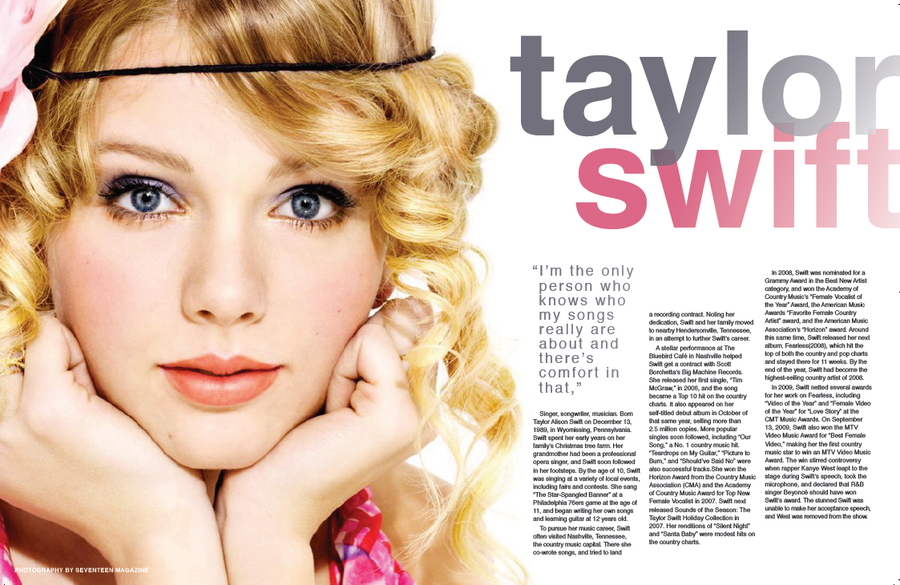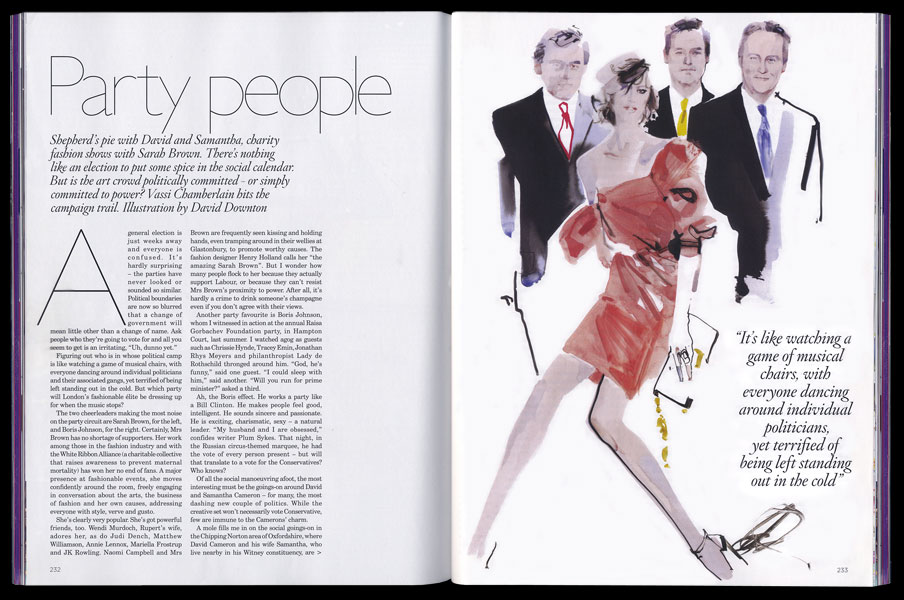What is your first impression of the site? Think of the “3
second rule.” (pg 31)
·
Catchy, red headlines (aesthetically pleasing)
·
Breaking news at top of the site
·
Concise, to the point
How does this site establish credibility? How does it
establish trust? Or does it? (pg 28-29)
·
As CNN, we acknowledge its credibility by its
reputation
·
Links to other site on other web pages regarding
similar topics
·
It establishes trust by its reputation.
o However,
trust may be dependent upon political ideology of the reader
o For
example, a conservative may be more apt to trust Fox News, while a liberal
would be skeptical of their “Fair and Balanced” news
Authentic voice?
·
Live TV playing
·
Updates in real time with the latest news
·
Plain English; concise writing
Genuine?
·
Factual news source
Transparency?
·
Many different choices for readers (U.S., World,
Politics, Travel, etc.)
·
Fulfills expectations that a reader may have
·
Easy access to articles; easy to gather info
What is the general writing style?
Biased? Objective?
·
While CNN certainly tries to make it as
objective as possible, readers may argue that it is more liberal leaning than
other publications. Comparing the
CNN site to Fox News’ site, CNN placed Obama on the front page, while Fox News
identifies Syria as its main headline.
Does the writer IDENTIFY with his or her readers, or not?
How (or why not)?
·
In a breaking news story regarding Syria,
President Obama utilizes a similar situation of Iraq and Afghanistan by
stating: “This is not Iraq, and this is not Afghanistan.” CNN is wise to make this comparison to
assuage its readers’ fears that more American soldiers will be put onto foreign
territory.
Does the writing style get to the point?
·
Bullets points on main pages and story
highlights
·
Articles are broken into sections with
sub-headings to enable for easy reading
·
Place the most important information in the
first paragraph, if not the first sentence
How is it arranged? Is it arranged in reverse pyramid style?
·
Arranged in reverse pyramid style, with most
important information at the top of the page or article
Is content shaped for scanning? How is the content layered?
(p 32)
·
Yes, it is shaped for scanning with its
paragraph breakdown and bullet points
·
Utilizes bullet points, headings and
sub-headings to create layered content
Is the tone or rhythm of the site consistent throughout?
·
Yes, the tone is consistently professional,
factual, and concise
How does the site use headlines?
·
Uses quotations as majority of headlines
·
Headlines and sub-headlines within all articles
·
Catchy facts
·
Picture captions for Entertainment section
How does it use links? Effectively or not?
·
Links to related stories within articles
·
Links to videos
·
Links to other web pages (increasing
credibility)
·
Effective in its use
How is multimedia used? Is it distracting? How is it
displayed on the site? Does the multimedia tell the same story as the text, or
a different side of the story?
·
Photos are provided at top of each story,
however captions on long photo slideshows make it tempting to simply read
captions for main story points
·
The multimedia tells the same story as the text,
just using photos instead
How does the site “package” stories? (pg 36)
·
The site packages stories effectively with use
of multimedia as well as text. Many
other photos and links are accessible within the article.
How are graphics used?
Too cluttered?
Are the graphics
consistent through out the site, and consistent to the brand?
Do they encourage or
discourage use, and how?
·
The graphics are simply, non-distracing.
·
Minimal design enables easy navigation
·
Consistency throughout entire site, such as the
color red
·
They encourage use because people would have a positive
experience on the site and return for more news
Can each page stand on its own?
·
Yes, each page maintains a search bar and tabs
back to the home page or to other stories
·
Breaking news bar on every page
How is the navigation? Do you get lost? Do you always know
where you are? How (or why not)?
·
Difficult to get lost, easy to find what you
want
·
Clicking a tabs shows the title of that section
on next page
·
For example, clicking on Justice shows CNN
Justice on the following page
How does the site incorporate/interact with its audience?
How does it embody the social aspect of the Internet (or does it)?
·
Readers have the opportunity to comment on stories at the bottom of the page
· It embodies the social aspect of the Internet because it encourages public discourse and allows for a conversation on a topic
·
Readers can link a story to their personal blog
or Twitter account.
·
iReport allows readers to contribute information
to CNN.











